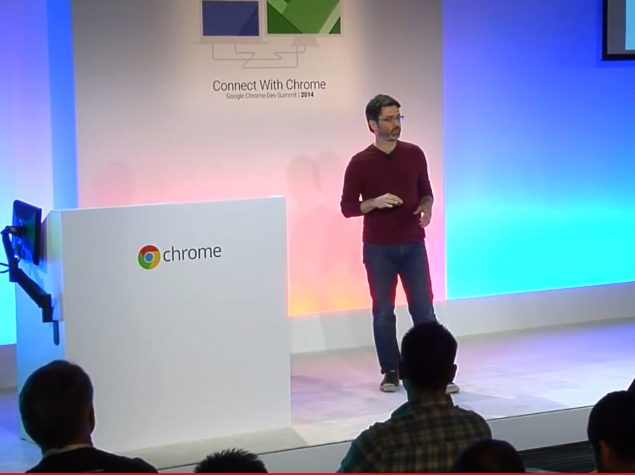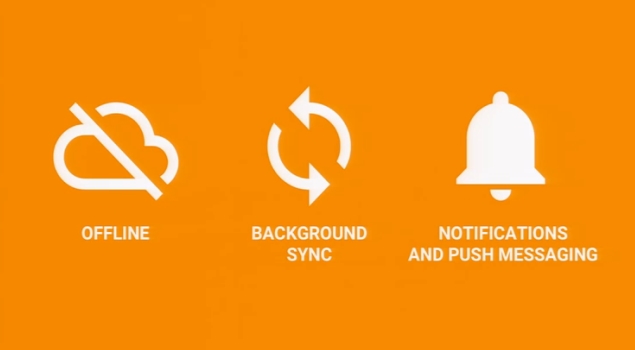
Google announced that Chrome's mobile users have grown to 400 million from the 300 million announced in June. Darin Fisher, VP Engineering, made the announcement at the Chrome Dev Summit last week, saying that "Just in the last four months we've seen this kind of spectacular growth."
During the event, Fisher also talked about "Auto-updating WebView on Lollipop" with the unbundling of the component from Android. He said that the company had 'badly' wanted to get this done since two Google I/O keynotes, and now Lollipop finally supports the auto-updation of WebView - which handles the loading of web-pages in some native browsers and apps. This way the company while updating Chrome can also update the WebView engine, Fisher added.
Google noted that with Android 5.0 Lollipop, the web-pages can change the colour of the toolbar to better match them, while web pages can occupy the whole device screen, and tabs can appear as separate tasks in the recent app view. Over the past year, the company said it has also made some major changes in Chrome, which includes the removal of 300ms artificial delay that it used to have when users tapped within a page on the browser.

Fisher said that Google wants to make websites feel as engaging as apps, and it wants to "help put the content first, help put the Web applications first." He added that Chrome engineers also working on improving background capabilities, such as updated cached and offline content, but it will take some time. The Chrome push notifications feature for developers is also in the pipeline, something Fisher said Google is close to launching. With access to push notifications, developers will be able to engage more with the user.
Recently, Google Search started noting if a website is well-optimised for smartphones and tablets with a new 'mobile-friendly' label. To earn the label, sites would have to avoid software not common to mobile devices (like Flash); use well-optimised text sizes and auto-resize depending on display attributes, and more.

No comments:
Post a Comment